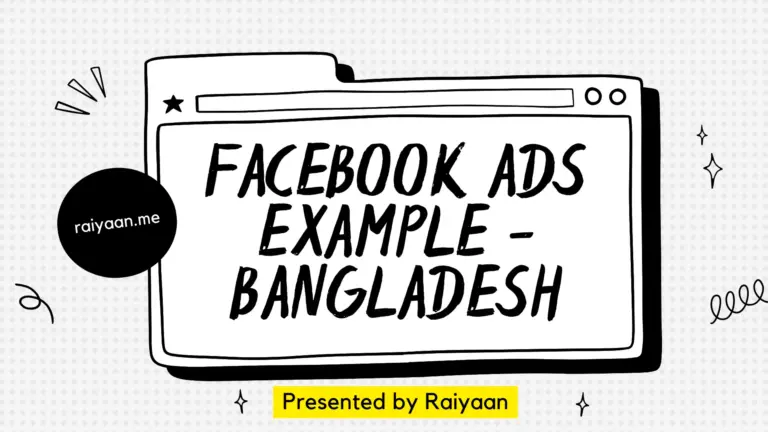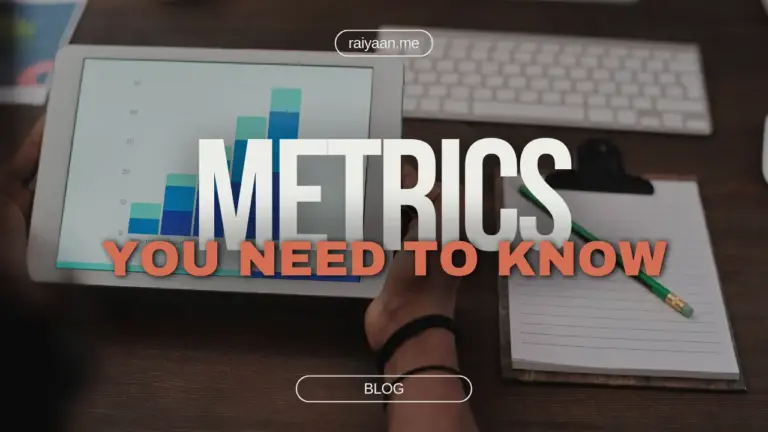Content Marketing 101: Beginner’s Guide
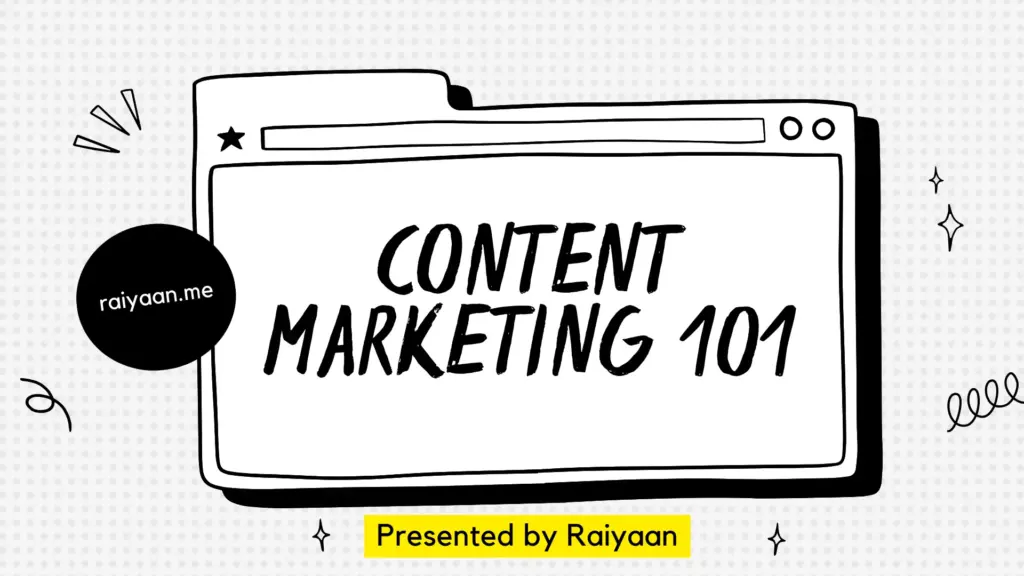
You may have heard – Customer is the king in a business, right?
As a media buyer, with several years of experience, I have created my own slogan which is
‘Content is the King for a Good ROAS’
Whether you try to build brand awareness for the brand or improve revenue through paid marketing, content marketing is a must. Hence, in this blog I will guide you through the basics of content marketing.
What is Content Marketing?
Content marketing is a form of marketing that attracts your user through various entertaining content like videos, audio, or texts. In traditional marketing, it focuses on only promoting the brand or product. But content marketing emphasizes on giving value to the audience. It’s a way to share your brand’s story with the world.
Content marketing includes two major components: content creation and the distribution of that content.
Content Formats
The first step of content marketing is to make the content. But what content actually is?
Content is anything that serves your main goal of giving information, and value to your audience. A content could be
- Blog posts and articles
- White papers
- Case studies
- Video
- Product demos and how-to guides
- Podcasts
- Email and newsletters
- Infographics
- eBooks
- Webinars and interviews
- Quizzes
- ROI calculators
- Testimonials and reviews
- Loyalty and rewards programs
Why build a content marketing practice?
In today’s competitive world of business, content marketing is most crucial. It engages your customer with your business and creates a relationship. Here are some reasons to consider content marketing for your business:
01. Tells a Story
With the help of content marketing, you can tell the story of your brand. You can emotionally connect with your audience
02. Build Customer Loyalty
Content marketing is an effective way to build trust and credibility. When you are sharing insights about your brand, and product, sharing the story and information, it creates a sense of trust among the customer.
03. Drive organic traffic
By content marketing, you can drive organic traffic to your website.
04. Helps in SEO
Consistent, high-quality content is a major factor in winning search engine rankings. Ranking at the top of search results is important not just for more visibility online, but also for driving more traffic to your site from search.
05. Gives better ROI
Content marketing gives better ROI compared to traditional marketing. By creating content, you are providing value to your consumers, they tend to respond to you as well. Hence, several case studies have proved that content marketing has better ROI.
06. Improve Lead Quality
Another benefit of content marketing is that you can filter the type of customers you attract based on the content you produce.
For example, if your target audience is exclusively media buyers, you can discuss only topics that a media buyer would be interested in.
Steps of Getting Started with Content Marketing
01. Know Your Audience
The very first step is to understand the audience. It’s crucial to grasp who they are, their pain points, needs, and aspirations. For example, if your audience is mostly GenZ they will probably like some trending or entertaining content. On the other hand, if your audience is most likely middle-aged, they would probably prefer something else.
So, tailor your content to address specific challenges, cater to their interests, and position your brand as a valuable resource.
02. Map Out Your Marketing Funnel & Set Goals
Content marketing aims to build a relationship with prospects to eventually lead them to make a purchase.
However, given that they probably won’t immediately purchase your product, you must create a path to move them into the next customer journey phase. Otherwise, they’ll likely leave your content and never return.
There are several stages of the content marketing funnel. Such as
AIDA Model:
- Awareness
- Interest
- Desire
- Action
Conversion Funnel:
TOFU – Top of The Funnel:
The top of the funnel is to build awareness with your content. Here, by creating informative and useful content you make the awareness of the product or the brand.
Useful content types at the top of the funnel include:
- Blog posts.
- Social media posts.
- Short-form video.
- Podcasts.
- Infographics.
- Checklists.
- Ebooks.
- Webinars.
- Video ads.
MOFU – Middle of The Funnel:
MOFU content should build a relationship with that person. At this point, they understand their problem and are comparing possible solutions. Here, you can make such content like ‘before-after comparison’ type content so that your audience gets interested to know more about the product. They consider your product.
Great middle-of-funnel content types include:
- Email newsletters.
- Product demos.
- Landing pages.
- White papers.
- Case studies.
- Longer-form videos.
- Blog posts.
- Interactive content.
- Webinars.
BOFU – Bottom of the Funnel
Bottom-of-funnel content helps your prospect decide and, ideally, convert.
This stage focuses on conversion. BOFU content should make it easy to test a product, understand pricing, and make a purchase.
Bottom-of-funnel content types include:
- Personalized emails.
- User-generated content, like customer testimonials.
- Case studies.
- Pricing pages.
03. Determine your KPIs.
Set key performance indicators (KPIs) for your goals. KPIs are quantifiable data points you can use to measure your actual performance against your goal. For example, if the goal of your content marketing is creating brand awareness, the KPI could be Site traffic, social media followers, etc.
04. Craft Your Content
After understanding the audience, the next step is to create the content. I have already mentioned different types of content formats. You can choose any of them according to your audience’s preferences. Try to create content that educates, entertains, or solves problems or establish brand identity. Also, authenticity is the key! Make original and genuine content that educates your audience.
05. Write an Engaging Caption
While content is important, writing an engaging caption is more important. A well-structured and interesting caption can increase your content’s performance.
06. Select the distribution channel
Now, choose the distribution channel and distribute the content accordingly. Leverage multiple channels, such as social media platforms, email marketing, guest blogging, and strategic partnerships with influencers.
07. Measure and Optimize
You should measure the effectiveness of the content marketing. As you have set the KPI before, now you can measure the performance accordingly. Regularly analyze the data and identify patterns and trends that provide insights into the performance of your content.
Examples of Content Marketing
- Grameenphone – Text Format Content Marketing

- Perfecto – Facebook Live
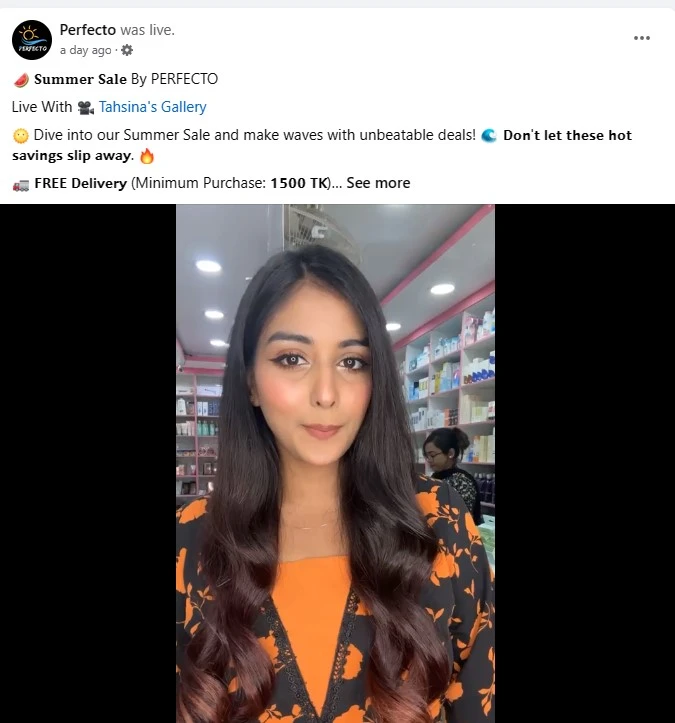
03. Grameenphone – Video Content Marketing

04. 10 Minute School – Blog Content Marketing
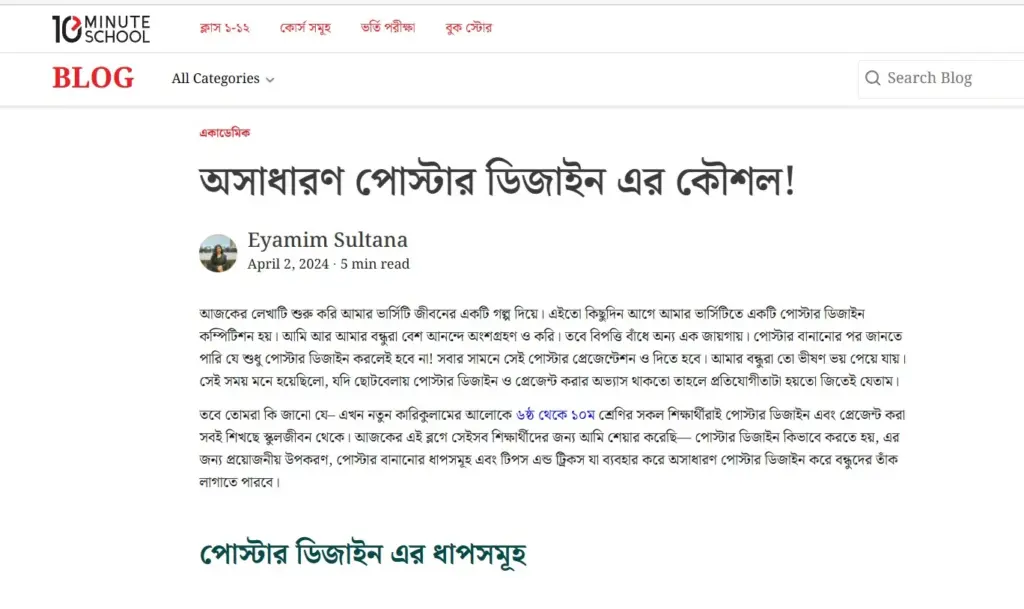
A Real-Life Example of the Power of Content Marketing
Let me finish today’s discussion with a short story from my recent experience.
A few months back, I worked with 2 clients. Both of them were in the clothing business. The first client’s ad budget was comparatively less but he was really supportive in terms of generating content and doing lives. He generated some amazing content and I launched ads with that.
The second client had a huge budget for ads. However, he was not ready to make content or spend resources on content marketing.
After a month, the result of paid marketing was loudly visible. Whereas the first client, generated revenue of $3000 within a month, the second client was in loss-making. That is why, I always say, Contents are the key to a good ROAS!
I hope you have understood the importance of content marketing so far. So, start the journey of content marketing without further delay!
Content marketing basics revolve around creating valuable and engaging content to attract and retain an audience. It involves understanding your target audience, creating various types of content like blog posts, videos, or podcasts, and distributing this content through relevant channels.
To start content marketing, you first need to define your target audience and understand their needs and preferences. Then, create a content strategy outlining the types of content you’ll produce and how you’ll distribute it. Next, start creating high-quality content that provides value to your audience, and finally, promote this content through channels like social media, email marketing, or guest blogging.

